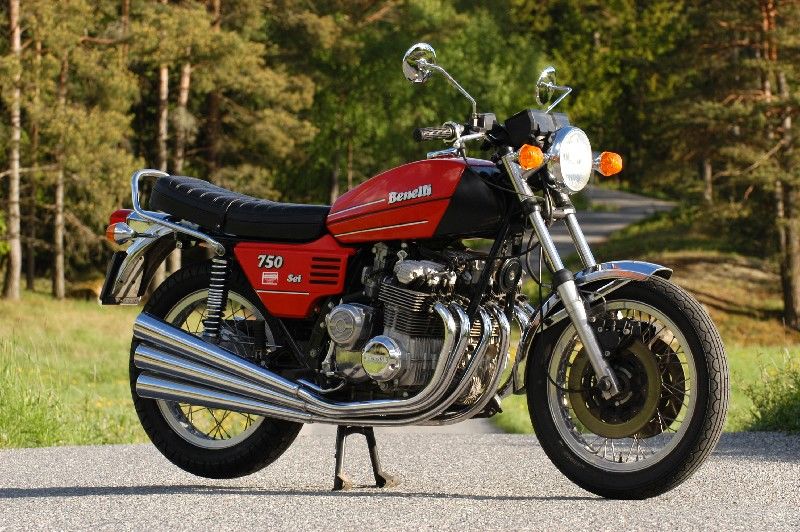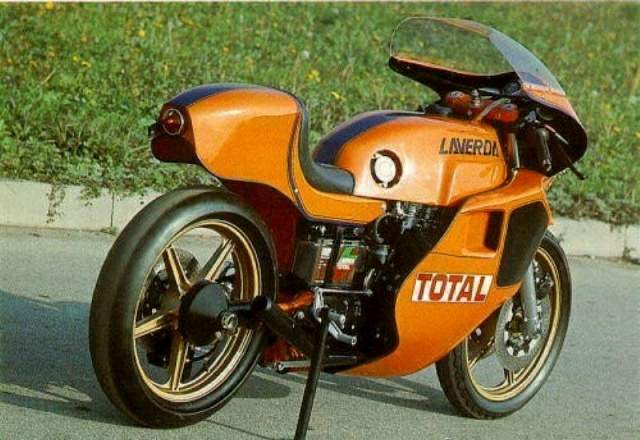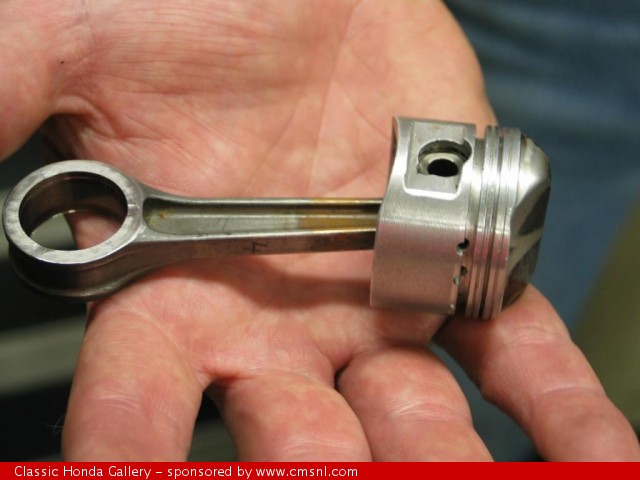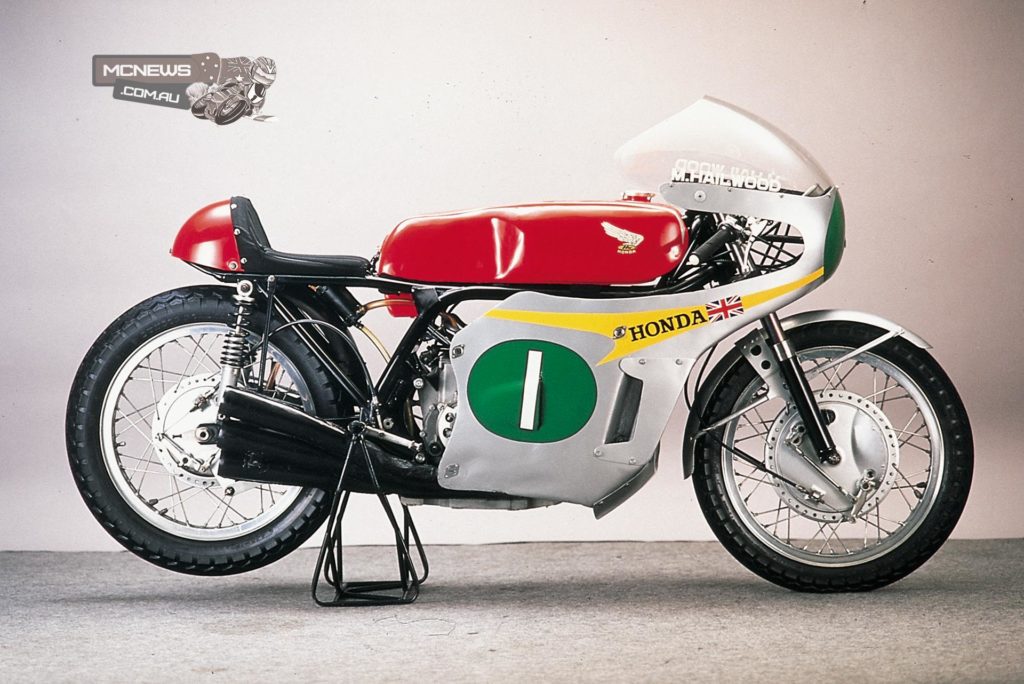Six-Cylinder motorcycles revisited
Part Two (link back to Part One) – By Phil Hall
We recently started looking at six cylinder motorcycles. If you haven’t read the article you probably should (link here) before you proceed with this one. We looked at the GL1800 Honda Gold Wing, the 1300 Kawasaki “pipe organ” and its Japanese rival, the Honda CBX1000. This week we get a bit more exotic and move from the sublime to the ridiculous (or, perhaps, the other way around). In any event, here are the last three offerings in my two-part feature entitled Six of the Best.
Benelli Sei

Like most Italian motorcycle manufacturers past and present, Benelli has been passed around through a multitude of owners. The company’s long and illustrious history has had some spectacular highs (Australian Kel Carruthers’s win in the 1969 250cc World Championship) and some equally unfortunate lows (best not to mention)
By the early 70’s Benelli was at its most vulnerable. Despite its age and its history, it seemed to be mired in the past, producing solid, reliable motorcycles but old-fashioned, without the whizz-bang of the Japanese new arrivals.
Enter Alejandro de Tomaso, the flamboyant and ridiculously rich car manufacturer. With aspirations of expanding his empire, de Tomaso scooped up both the Benelli brand and Moto Guzzi in one swoop. De Tomaso was never a shrinking violet producing the outrageous Pantera, a combination of Italian styling and running gear and American V8 power, a car which still brings huge prices when (or IF) it appears on the auction block.
So he turned his attention to having his new purchase produce something equally outrageous. The result of his desire, the Sei (or Six). Based slavishly on the Honda 500/4 engine (in fact basically that engine with two extra cylinders grafted on) the Sei was to be Europe’s glamour bike. De Tomaso made some cosmetic changes to the cylinder head finning to try and deflect the obvious comparisons with the engine’s DNA and also changed the layout a little, the changes allowing more airflow between the cylinders.
Pre-dating Honda by some 5 years, he also reduced the engine’s width by stacking the alternator on top of the gearbox instead of having it hanging off the end of the crankshaft.
The Sei debuted in 1973 and, with bodywork designed by the famous Italian styling house, Ghia, it certainly looked impressive. It boasted a claimed 75bhp from its 750cc engine but was somewhat limited in its ability to use that power by its rather porky 235kg dry weight. De Tomaso originally wanted to market the bike as Europe’s luxury bike and wanted it branded as a Moto Guzzi but this didn’t happen, for reasons that are still not clear.
Road testers raved about the smoothness of the engine, the delicious wail from the six-into-six exhaust system and the exclusivity of the design, but, apart from that, it was just too far “out there” for most and sales were not brisk. This was probably mostly because of its high price. Nevertheless, it continued in limited production, selling around 3200 units until the model was given a refresh in 1979.
Redesigned in the cafe racer style in 1979, the new model featured more horsepower, (from an engine hogged out to 900cc) and a small fairing. Alas, the weight increased as well and sales (at a RRP of nearly $A4000 in 1979, were not brisk. Another minor re-style saw it see out its days as a fully faired bike and, when production ceased in 1989, the 900 had sold nearly 2000 units.
Seis are prized today and command high prices because of their exclusivity and their relative scarcity. Like most Italian bikes of the era, they didn’t last particularly well, the Honda-derived engine being the most robust part of the design. Nevertheless, the Sei raised the bar for Italian manufacturers and forced them to drag their design and production concepts out of WWII and into the modern world.
Laverda V6

Like Benelli, Laverda had a long and distinguished history as a motorcycle manufacturer, going back to the immediate post-war period. Before that, the company had produced agricultural equipment. Starting with small-capacity bikes, Laverda graduated to the big time with the release of the Tornado in 1966. A big, solid parallel twin, it was as advanced as the design could be and sold well. It morphed into the 750 range and ended with the now-revered 750SFC. From the experience and from the company’s obsession with racing and particularly endurance racing, came the Jota, the 3 cylinder 1000cc monster (later 1200cc)
But it was at the Turin show in 1977 that Laverda sent the pulses racing when it showed the prototype of its new endurance racer. A monster bike with a V6 engine, placed longitudinally in the frame like the Moto Guzzi, the cylinders were exposed to the airflow and the motor featured all the technological whizz-bang that the technology of the day allowed. It was an oversquare V6 with a 65mm bore and a 50mm stroke for a capacity of 996cc. The 4 overhead cams were driven by chains and the engine had four valves per cylinder with the spark plugs in the centre of the heads. Designed by Giulio Alferi who had long associations with the technical departments of both Lamborghini and Maserati, the motor could just as easily have been plucked from a tiny supercar. Shaft drive also hinted at its endurance racing intentions and also its automotive roots.
Dual radiators cooled the massive engine (which was a stressed part of the frame) and the whole thing was surrounded by running gear that would have already been familiar to any Laverda purist. Campagnolo wheels, Brembo brakes and Magnet Marelli electrics. Fuel injection was tried but the company reverted to Del ‘Orto in the end who manufactured six downdraft carburettors especially for the bike. A claimed wet weight of just 200kgs and a claimed bhp of 140 should have made it a rocket ship, but, as is so often the case, what you claim and what you can deliver are often two entirely different things.
Entered in the 1978 Bo d ‘Or at Paul Ricard, the bike stunned the pundits by recording a claimed 176mph down the Mistral Straight, comfortably faster than the “works” Hondas. The exhaust note could be heard all over the circuit and Laverda was bullish. However, the riders also reported that the bike was heavy and awkward (250kg+ weight) and also slow to steer (long wheelbase and “lazy” steering head angle) and there wasn’t really enough time to determine fuel consumption as the bike was out early with a broken rubber joint in the shaft drive. Clearly the needs of the motor had taken complete precedence over the need to produce a motor CYCLE.
Plans were made to address these and other issues and return in 1979 but it didn’t happen. With the FIM decreeing that endurance racing bikes be henceforth limited to 4 cylinder engines, the V6 was dead in the water. Only two remain, one, a non-running prototype in the Laverda museum in the Netherlands and one in the hands of Mr Laverda himself and it runs (though probably not often given its rarity)
Given the rapid development of high-performance, light weight four cylinder Japanese bikes, the Laverda probably would never have been a success but what a gallant failure it was. Another example of what might have been.
Honda RC166

We move at last to the final example of six cylinder motorcycle technology and, while I said that the outset that I would not rank the six examples, it is clear that the RC166 belongs at the top of the heap for just about every reason you could imagine.
Brought online during the 1965 racing season, the 250 didn’t have a great beginning but, by the time 1966 had rolled around, the demons had been exorcised and Mike Hailwood went on the win the 250cc World Championship. Did I say 250cc? Yes, I did. This tiny jewel of an engine had six cylinders and the whole bike was no wider than a British single-cylinder four-stroke bike of the era.
Almost as soon as it started in grand prix racing, Honda had determined that it would be the master of small capacity four stroke engines. The result of this intention was a flurry of bikes whose technical specifications make astonishing reading even today. In many respects, the RC166 represented the epitome of that progress.
With a six cylinder engine of 249.5cc, the engine’s dimensions were amazing. The bore was 39mm and the stroke was 34.5mm. The engine revved to 16000 rpm and made 54 bhp. Just by themselves these figures are astonishing but it gets better. Induction was by six individual carburettors and the motor featured Honda’s customary DOHC, four-valves-per-cylinder arrangement. A seven-speed gearbox took the power to the countershaft sprocket and the whole thing was wrapped in state of the art running gear.
To give some scale to those measurements, the piston was almost exactly the same diameter as a common tealight candle! The inlet and exhaust valves were approximately the same size as a common pencil eraser and the crankshaft, though tiny as expected, was made up of 13 individual components!
Hailwood duly won the 250cc championship in 1966 handing Phil Read on the Yamaha a dose of the medicine that he had dished out to Jim Redman in the preceding two seasons.
Most of all we remember the RC166 for its exhaust note, that common feature that has set these six bikes apart from their peers. There are numerous video clips available where you can hear these most glorious sounds, don’t forget to go and visit one for an auditory thrill that nothing can beat.
Then, once you have digested the specifications, listened to the exhaust note and pondered the idea of a six cylinder 250cc grand prix bike weighing just 112 kg and revving to 16000 rpm, remind yourself that this technological marvel graced the race tracks almost FIFTY years ago!

Have a listen to the Honda RC166 in this video
[youtube id=”eaRop_ZMwo0″ width=”853″ height=”480″]

Six of the best? Yep, I think that’s a pretty good list. Thanks for reading.
Editor’s Note: While Phil has predominantly looked back through history in compiling his great six of the best piece, it would be remiss of us to not also mention what the best of modern technology brings to current mainstream motorcycle models in perhaps the finest six-cylinder motorcycle yet produced, BMW’s K 1600 GT.























